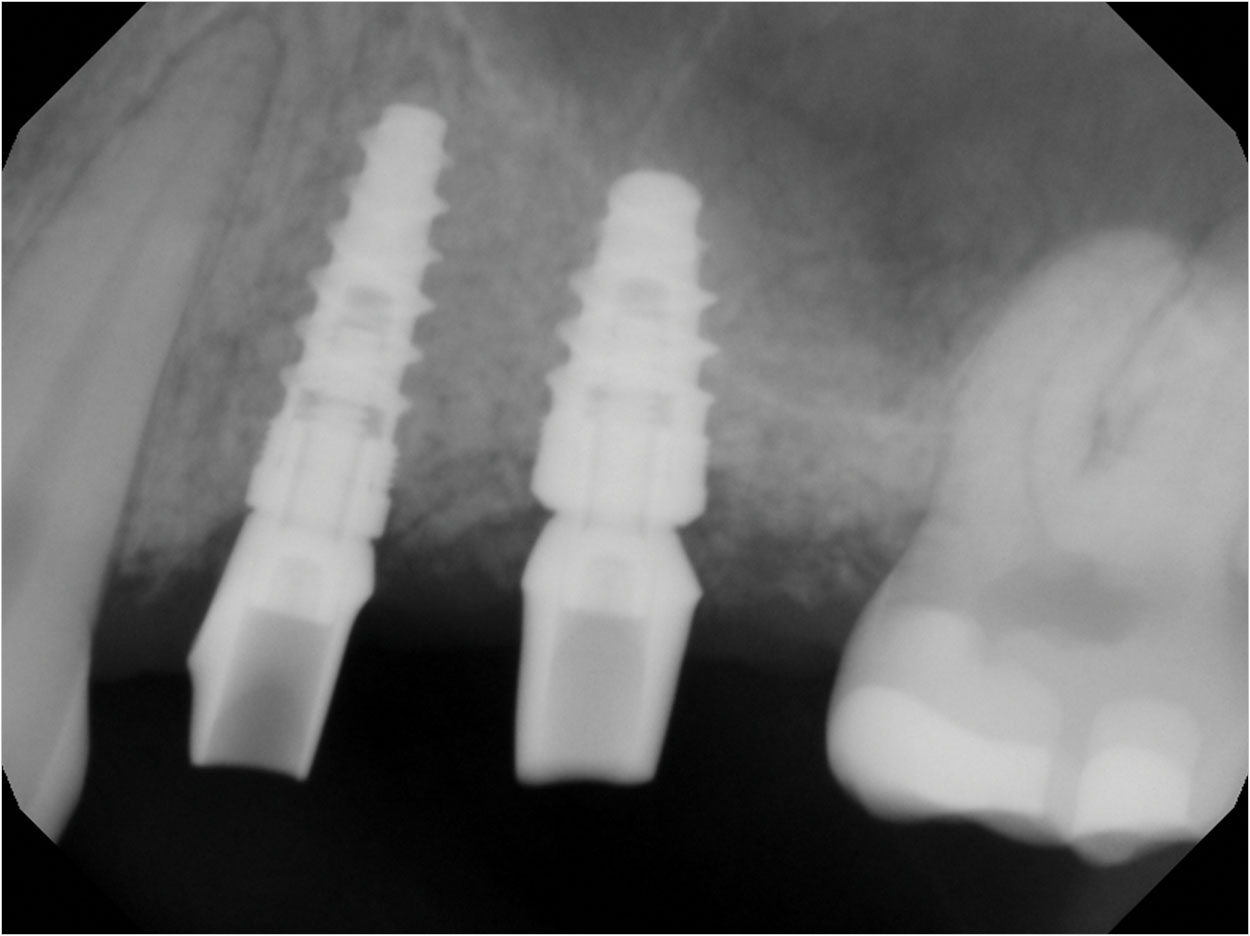
A team of Brazilian researchers has analyzed the long-term success of dental implants placed in patients with head and neck cancer who underwent radiation therapy with a minimum total dose of 50 Gy between 1995 and 2010. They also analyzed the factors potentially influencing the success of dental implants in these patients.
The study involved 35 patients with 169 dental implants. Data on demographic characteristics, tumor type, radiation therapy, implant sites, implant dimensions, and hyperbaric oxygen therapy (HBOT) were obtained from medical records and analyzed. Implant survival was estimated using Kaplan-Meier survival curves.
Seventy-nine dental implants were placed in the maxilla and 90 in the mandible. The mean follow-up after implant installation was 7.4 years (range 0.3 to 14.7 years). The overall 5-year survival rate for all implants was 92.9%.
Sex (P < 0.001) and the mode of radiation therapy delivery (P = 0.005) had a statistically significant influence on implant survival. Age, time of implantation after irradiation, implant brand and dimensions, and HBOT had no statistically significant influence on implant survival.
The study concluded that osseointegrated dental implants can be used successfully in the oral rehabilitation of patients with head and neck cancer with a history of radiation therapy. Risk factors such as sex and the mode of radiation therapy can affect implant survival.
The study, “Long-term success of dental implants in patients with head and neck cancer after radiation therapy,” was published by the Journal of Oral and Maxillofacial Surgery.
Related Articles
Five Factors Influence Dental Implant Fracture Rates
Study Uncovers Implant Failure Risk Factors
Antidepressants Increase the Risk of Implant Failure












